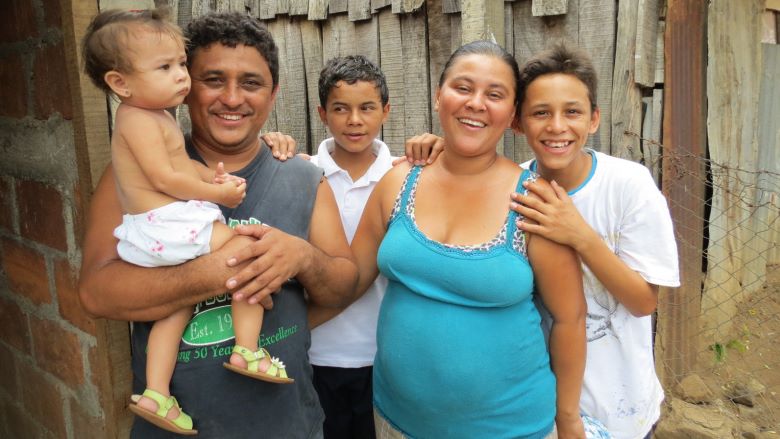Ending extreme poverty around the world has a deadline: 2030. At least that is the date set by the World Bank, the main global organization that fights it. The World Bank recognizes that achieving this objective within 15 years will be difficult -- but not impossible -- despite the global economic slowdown, the end of the commodities boom and capital flight from emerging markets.
Reasons for optimism include the fact that this year, the percentage of people living in extreme poverty around the world will fall below 10%. In other words, people whose income falls below US$1.90 per day, according to the global poverty line recently adjusted by the World Bank.
According to the experts, the implementation of poverty reduction policies for more than a quarter century is responsible for this decline.
The Bank renewed its commitment at its Annual Meetings, which ended last week in Lima, shortly before the United Nations celebrates the International Day for the Eradication of Poverty, on October 17.
Additionally, the new Sustainable Development Goals were recently published. The first goal is precisely to end poverty, and also include related issues such as education quality and gender equality, among others.
Five trends
In Latin America and the Caribbean, the World Bank considers a person whose income is less than US$ 2.50 per day to be living in extreme poverty. The percentage of the regional population in this situation decreased from 12.2% in 2012 to 11.5% in 2013, according to the organization’s data.
Five major trends characterize efforts to end extreme poverty in our region within 15 years:
1. The extreme poverty rate fell by half in 10 years. The region’s population living in extreme poverty declined from 24.1% in 2003 to 11.5% in 2013, according to the study mentioned above. Haiti, one of the poorest countries in the region, also managed to reduce extreme poverty – which Haitian officials define as living on less than US$1.23 per day- from 31% to 24% between 2000 and 2012. This video discusses some of the obstacles the small nation has overcome and the challenges it still faces.
2. Just over half of the population that lived on less than US$ 4 per day in 2004 escaped poverty between that year and 2012. One of every five Latin Americans failed to do so, however. These individuals are known as the chronic poor. “There are some 130 million Latin Americans who have in no way benefitted from the region’s impressive development over the past decade,” says Ana Revenga, senior director of the Poverty and Equity Global Practice, in this video.
3. Income inequality declined during the 2000s thanks to the commodities boom. Since 2010, inequality has stagnated in the region, according to a World Bank study. “Large, costly new programs are not always needed: we can integrate behavior analysis of existing programs to make small, inexpensive modifications that can help us reach people forgotten by traditional programs,” says Revenga. For example, a program in Peru that experimented with text messages to encourage people to save more led to a 16% increase in savings. In Nicaragua, a program that provides subsidies and training to enterprises created a space where beneficiaries and local leaders could establish contact. This effort increased non-agricultural per capita income by US$ 3.30.
4. For the first time in history, there are more people who belong to the middle class than who live in poverty. Between 2003 and 2013 in Latin America and the Caribbean, nearly 100 million people have climbed the social and economic ladder to join the middle class. This increase has to do with the growth dynamics and job creation, says Augusto of la Torre, chief economist for Latin America and the Caribbean at the World Bank. This is reflected in important changes in people’s daily lives. “This is the first time I’ve flown on a plane” says Jorge of Sao Paolo, Brazil, in this video, “and if everything goes well, I’ll continue to do so.”
5. The current economic slowdown is threatening the social gains made in the region. The region is expected to grow 0% in 2015, which would be the fourth consecutive year of growth below forecasts, according to the most recent World Bank report on expectations for the region. Although the unemployment rate has not risen substantially, job creation has stagnated, the quality of employment has deteriorated and the labor participation rate has fallen, according to the report. Nevertheless, as de la Torre explains in this interview (sp), with well-targeted safety nets, it will be possible to mitigate the impact of the economic slowdown on the most vulnerable citizens.

